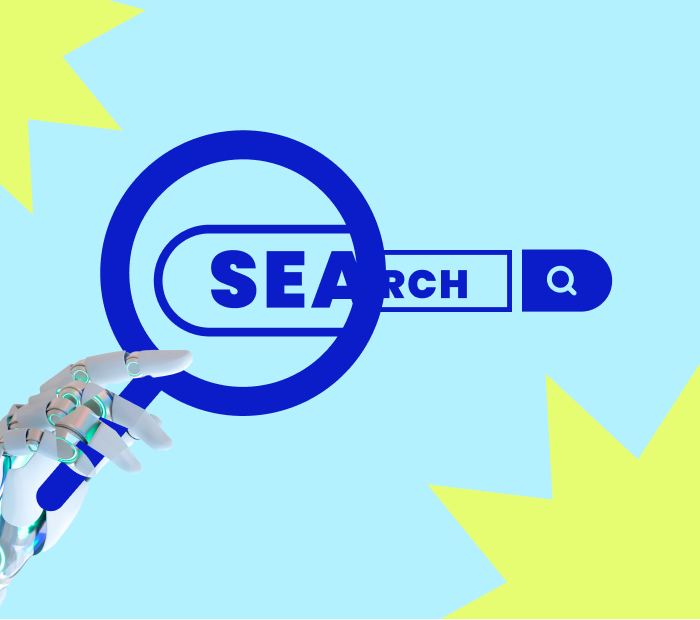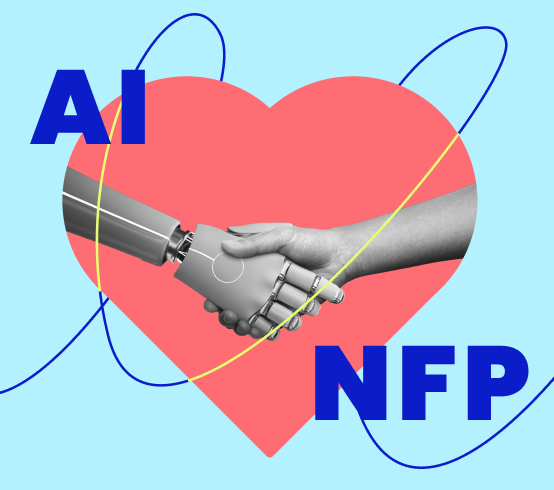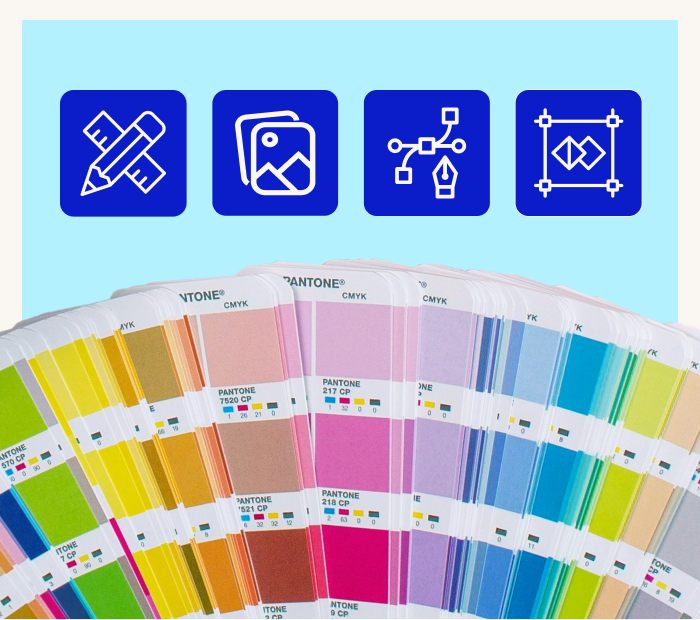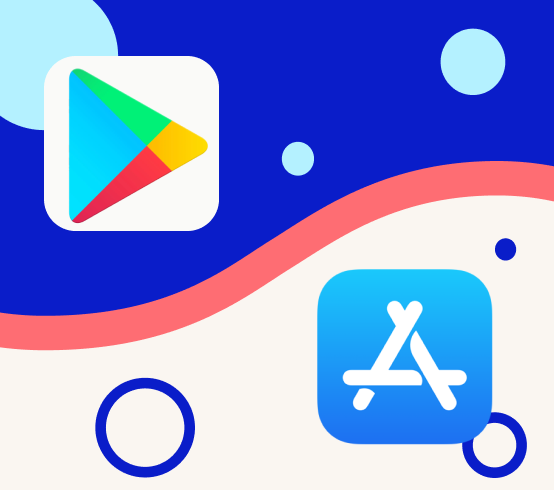
Understanding Accessibility in Design
What is Accessible Design?
The idea behind accessible design is to make sure that everyone can access and use the digital content in a way that best suits them. This might mean making sure that it’s easy for someone with impaired vision to read text on a screen or that someone who has difficulty using a mouse can navigate around your site with ease.
Designing for Accessibility: Key Principles
Designing for accessibility and UX/UI design helps create inclusive products and user-friendly experiences for people with physical and cognitive disabilities. Key principles of accessible UX/UI design include making content perceivable with alternative text and sufficient contrast. It also ensures operability through multiple interaction methods and compatibility with assistive technology.
Designers should also consider the needs of individuals with cognitive disabilities. Continuous testing and iteration of designs are also essential. By following these principles, designers can make their content accessible to a wider range of users, promoting inclusivity and a positive experience for users. Regular testing and staying updated with accessibility guidelines are important for maintaining accessibility standards in design practices.
Intersection of Accessibility and Inclusive User Experience (UX)
Benefits of Accessible and Inclusive Design
Designing for accessibility and inclusivity has several advantages for people with disabilities, a larger user base, and the general success of products, services, and environment. Among the primary benefits are:
Reach a Wider Audience
Creating a website that is accessible and inclusive helps you reach a range of people. This includes those users with disabilities like visual impairments, hearing impairments, motor-related disabilities, and cognitive disabilities. Considering their needs, you can attract more customers and expand your reach.
Improve Usability and User Experience
Accessible design helps all users, not just those with disabilities. It involves optimising navigation, simplifying interactive content, and offering alternative media formats. These improvements enhance the user experience for everyone, making it easier and more enjoyable.
Enhance Brand Reputation
Showing a commitment to accessibility and inclusivity can improve your brand reputation. Users like it when businesses focus on their needs and remove barriers that prevent them from accessing information or services. Being inclusive sends a positive message that you value all individuals and are dedicated to providing an inclusive experience.
Increase SEO and Website Performance
Accessible design practices can improve search engine optimisation (SEO). Search engines prioritise websites that follow best practices and provide a seamless user experience. Accessible design also improves website performance, reducing bounce rates and increasing conversion rates.
Website Security Certificates ExplainedGuidelines and Best Practices for Designing Accessible Websites
Considering these principles and best practices for developing accessible websites, as well as website development considerations, will help ensure your website is inclusive and user-friendly for all visitors.
Provide Descriptive Alternative Text
Include alternative text (alt-text) for all visual designs on your website. This not only helps visually impaired users understand the content of the image through screen readers, but also assists with SEO when crawling the content of your site.
Use Clear and Simple Language
Write content using plain and concise language. Avoid jargon or complex terms that may confuse users with cognitive disabilities or those who have difficulty reading.
Use Proper Heading and Formatting
Structure your website content with headings (H1, H2, H3, etc.) and hierarchical layout. This helps individuals who rely on screen readers and keyboards only to navigate and understand the content more easily.
Ensure Colour Contrast
Use enough colour contrast between text and background to make the content readable. These benefit users with visual impairments or colour blindness. Tools like WebAIM’s contrast checker can help you determine if your colour combinations meet accessibility standards.
Ensure Form Accessibility
Design forms with clear labels and instructions. Provide error messages or directions for correcting input field errors. This helps users with cognitive disabilities or visual impairments accurately complete form inputs.
Provide Keyboard Accessibility
Ensure your website has a keyboard navigation menu. This is important for individuals with motor disabilities or those who cannot use a mouse.
Caption Videos and Provide Transcripts
Videos should have captions and audio content should have transcripts. This helps people who are deaf or have difficulty hearing and those who prefer to read instead of watching or listening.
Tools and Resources for Accessibility in Web Design
Accessible websites need to be tested, analysed, and optimised for accessibility, which can only be done with the help of special tools and resources. Listed below are some useful tools and resources that can help web designers make websites that are more open and easy to use:
Web Content Accessibility Guidelines (WCAG)
The WCAG is a comprehensive set of guidelines provided by the World Wide Web Consortium (W3C) that defines the standards for WCAG friendly design and web accessibility. It specifies detailed standards as well as success criteria for making web content available to people with disabilities.
WAVE Web Accessibility Evaluation Tool
WAVE is a tool that helps designers identify accessibility issues on their websites. Just enter a website URL, and it provides a report on potential issues. This includes missing alt text and colour contrast violations.
ARIA (Accessible Rich Internet Applications)
ARIA is a collection of attributes that improve web content accessibility. It gives developers more information about elements on the page for assistive technologies. Using ARIA roles and properties can significantly improve a website’s accessibility.
Info Screen Readers
People with visual problems can use screen readers to have written or multimedia content on the web read aloud to them. JAWS, NVDA and VoiceOver are just a few of the screen readers that should be used to ensure your website is accessible
Discover the Future of Web Design With Butterfly
The only way to ensure your websites are accessible and inclusive is to work with an expert web design agency. Butterfly, a leading web design agency in Melbourne, has a proven track record of creating modern, accessible websites for businesses across all industries. By choosing Butterfly as your partner in developing accessible websites, you’ll not only comply with accessibility standards but also enhance user engagement and reach a broader audience.
Accessible Design FAQs
What makes good accessible design?
Good accessible design is characterised by its inclusivity and ability to accommodate individuals of all abilities. It prioritises clear and consistent navigation, proper use of semantic HTML, sufficient colour contrast, keyboard accessibility, and alternative text for images.
What is an example of accessible design?
Websites that use well-structured HTML components and intuitive navigation are examples of accessible design because they allow users to access material with minimal effort when utilising keyboard navigation or assistive technologies.
How can I test the accessibility of my website or application?
- To test your website or app’s accessibility:
- Use both manual and automated methods.
- Manually test with keyboard navigation and screen readers to see how users with disabilities interact.
- Check colour contrast for text and background visibility.
- Use browser-based accessibility inspection tools and automated testing tools like aXe Core or WAVE to find issues in your code.
- Involve users with disabilities for feedback.




